Mozambique: Man arrested for ATM fraud - Notícias
Mozambique opens Africa’s longest suspension bridge

A bridge that connects the capital Maputo with the town of Katembe was inaugurated on 10 November 2018, after a year-long delay. China financed the infrastructure project. Photos: DW
A bridge spanning 680 meters
The entire construction, including two smaller bridges on the north and south sides, is three kilometers (1.86 miles) long. One of China’s biggest state-owned companies, the China Road and Bridge Corporation (CRBC) designed and delivered the project and the build quality was monitored by German engineering firm Gauff.
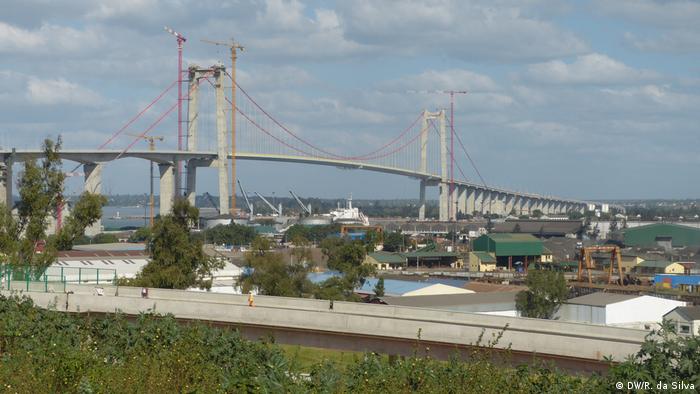
The north side: Maputo
On the north side the structure crosses the Mozambican capital Maputo. The bridge was initially supposed to be completed in 2017 but construction continued to November 2018. Two 141-meter pylons form the bridge’s shape and anchor blocks weighing 170 000 tons on either side of the bridge balance the weight of the suspension cables.
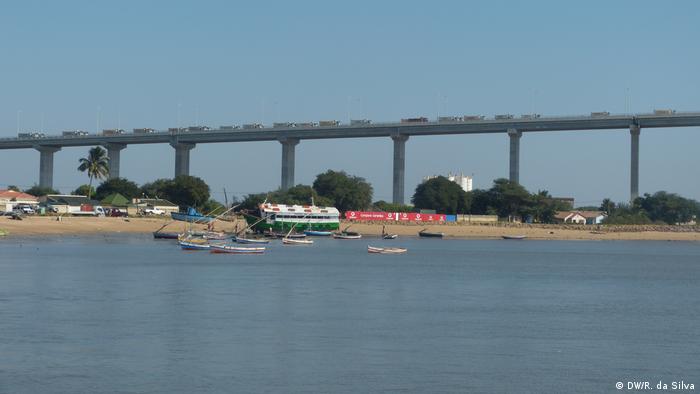
The south side: Katembe
The bridge links the capital with the southern side of Maputo Bay and the town of Katembe. A road along the Indian Ocean leads to the South African border. The connecting road was also upgraded from gravel to asphalt, significantly shortening the travel time to South Africa’s KwaZulu-Natal Province.
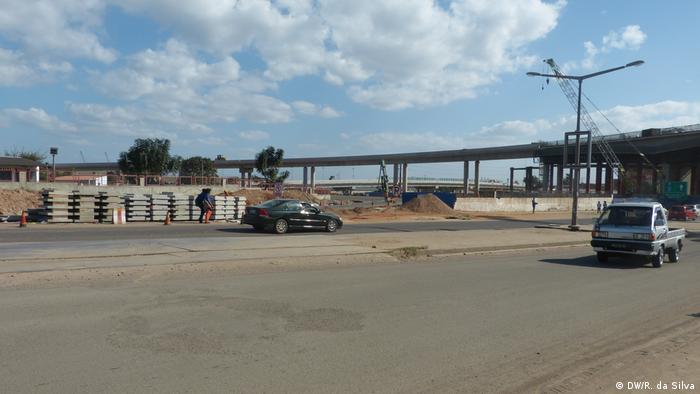
Constructed partly in China
The bridge’s roadway was built in China in 12-meter long segments and then shipped to the building site in Maputo. The centre of the bridge is a 25 meters wide and perches about 40 meters above the water, high enough to allow large ships to pass underneath. The total costs of the project is estimated at about €635 million ($720 million).
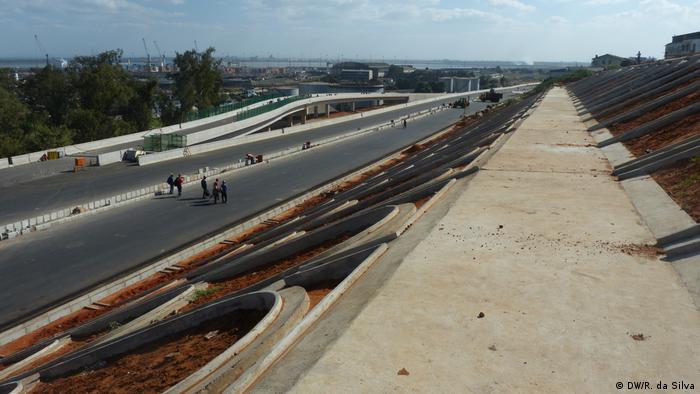
Controversial area
The space under the northern side of the bridge around the Avenide 24 de Julho caused construction delays for months. The site was the location of Nwakakana Market and vendors initially refused to leave the area. There was also conflict with the state-owned construction company Empresa de Desenvolvimento Maputo Sul and the city of Maputo over who would cover compensation costs.
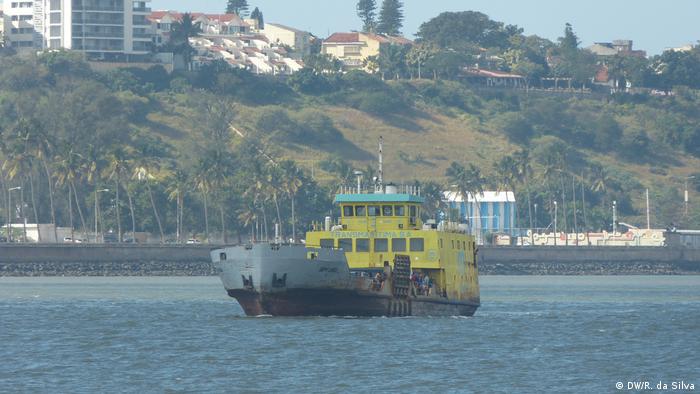
Resettlements due to construction
People had to move away from this area to make way for the bridge. Many were families who had fled the Mozambican Civil War and found refuge in the area. They eventually accepted compensation and moved to the neighbouring county of Moamba in western Maputo Province. Thereafter construction of the bridge could continue without interruption.
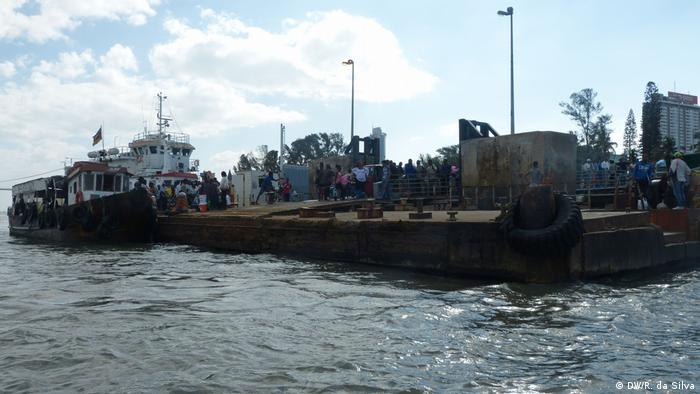
Difficult ferry crossings no longer necessary
Until now all the traffic over Maputo Bay depended on ferries. When the ferries were out of commission, as was often the case, commuters had to make a 100-kilometre round trip by road. The bridge makes crossing the bay considerably easier.
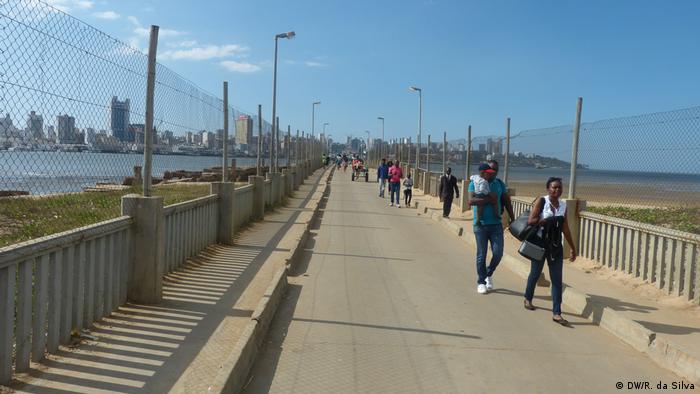
Unsafe ferry ports
Ferries from Katembe docked at this quay, where people and vehicles were taken on board. Many passengers found the journey uncomfortable and are enthused by the prospect of quick taxi rides across the bridge.
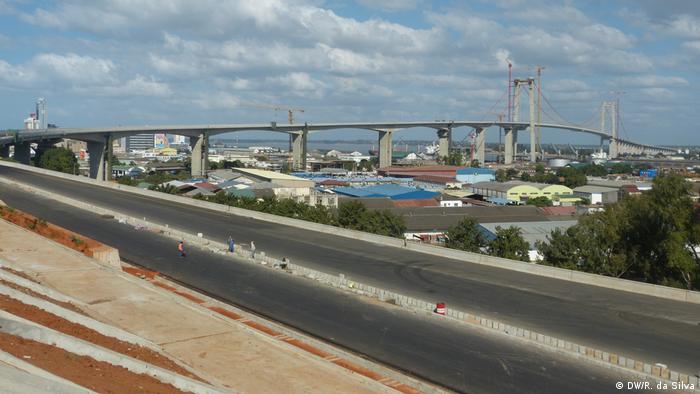
Katembe harbour
Katembe harbour on the other side of the bay is also hardly user friendly. Only cars and light utility vehicles were allowed onto the ferries due to safety concerns. Heavy trucks where completely banned and had to make the long round trip to reach the capital.

Tolls
The Mozambican government is trying to recoup some of the construction costs through this toll plaza. The road taxes start at about €2,30 for motorcycles and small vehicles and rise to about €17 for heavy vehicles. The popular minibuses get a 75 percent discount.

Megaproject criticised
Critics say many other infrastructure projects should have been given priority over the bridge. The construction boom in Mozambique is concentrated in Maputo, while the central and northern regions of the country are being left behind. Some areas lack sealed roads even though the majority of Mozambicans live in those areas.






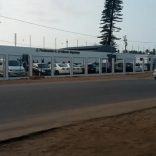
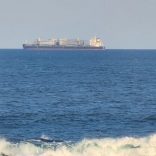

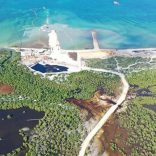


Leave a Reply
Be the First to Comment!
You must be logged in to post a comment.
You must be logged in to post a comment.